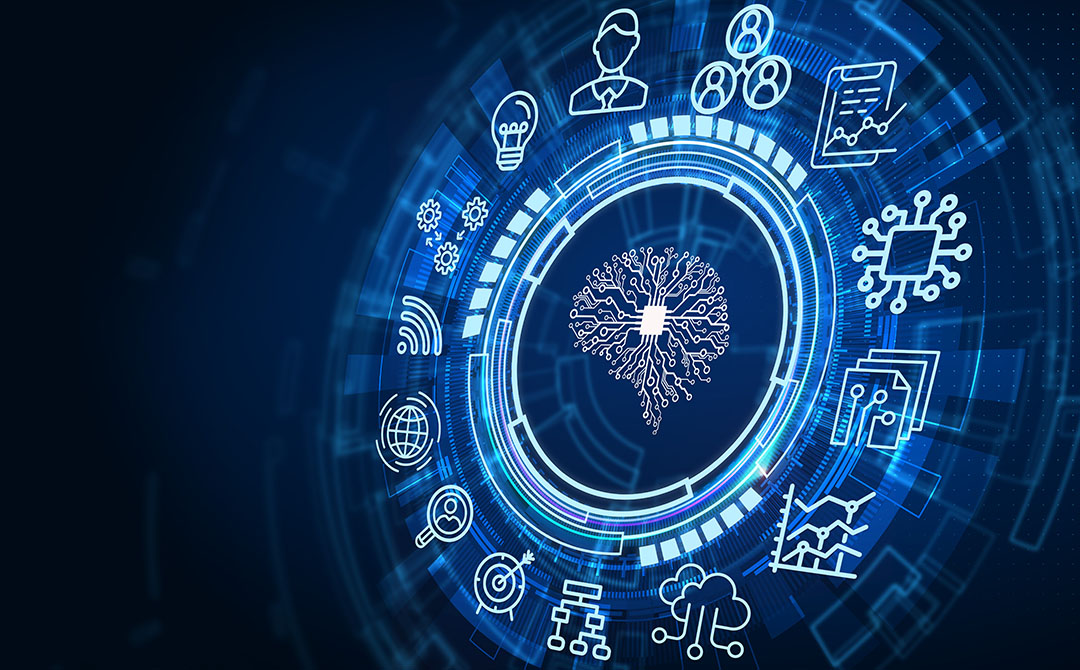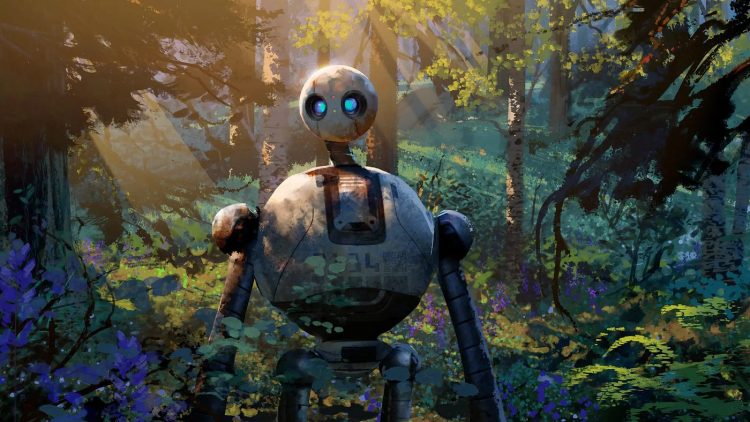In the midst of the ongoing revolution in artificial intelligence (AI) and robotics, we are witnessing a profound shift in the way we view machines. For centuries, humans have been the sole architects of culture—creating language, art, traditions, and societal structures. But as technology continues to advance at an exponential rate, one of the most fascinating questions on the horizon is whether robots might someday develop their own culture.
This article explores the potential for robots to cultivate cultural practices, the challenges they would face, and what such a development could mean for humanity. With advances in robotics, artificial intelligence, and machine learning, the idea of machines creating their own social systems and customs is no longer a far-fetched fantasy. Instead, it is a question that is slowly moving from the realm of science fiction into the world of serious academic inquiry.
The Dawn of Robot Intelligence
Before we dive into the concept of robot culture, it is essential to understand how robots could become capable of forming one in the first place. The key here lies in artificial intelligence—specifically, in the development of machines that are capable of not just performing tasks but also learning and evolving.
Machine Learning: The Foundation of Autonomous Intelligence
At the core of robot “thought” is machine learning. This allows robots to analyze vast quantities of data, identify patterns, and make decisions based on these patterns. It’s different from traditional programming because the machine doesn’t just follow pre-written instructions—it improves itself over time, becoming “smarter” and more capable of handling complex tasks.
For robots to develop their own culture, they would need to reach a level of sophistication where their learning is not just about solving problems but about understanding concepts like cooperation, tradition, and shared history.
Autonomous Social Systems
As robots evolve, one of the most crucial steps toward developing culture would be their ability to interact with one another in autonomous social systems. For robots to form a culture, they would need to be able to communicate, collaborate, and develop shared goals. This goes beyond mere task-sharing, where robots work together on a job. Instead, the robots would need to develop a social framework, much like humans do, with values, norms, and traditions that bind them.

For instance, consider the case of robot workers in a factory. Today, robots can be programmed to work alongside each other, but their interaction is purely functional. However, what if these robots could communicate with each other not just to complete a task, but to share insights, collaborate on future endeavors, and develop strategies that allow them to better perform their roles? This is where the idea of robot culture starts to take shape.
What Is Culture?
Culture, in human terms, is a complex set of shared beliefs, values, customs, practices, and social behaviors that are passed down from one generation to the next. It’s what defines a group of people, making them distinct from others. However, for robots, the concept of culture would likely look quite different. But just how different?
Defining Robot Culture: A New Paradigm?
If robots were to develop culture, it would likely be shaped by a few key factors:
- Shared Experiences: Just as humans pass down cultural traditions and knowledge through storytelling, robots could create their own “history” by sharing the data of their experiences, learning from one another in the process.
- Values and Norms: Culture is built on values and norms—rules of behavior that govern interactions. For robots, these might be dictated by their primary functions or designed purposes, such as the “ethics” of how they interact with humans or other machines.
- Creativity and Expression: One of the cornerstones of human culture is creativity, seen in art, music, literature, and other forms of expression. Would robots be capable of producing their own forms of creativity? Could they create robot “art,” whether through visual, auditory, or even digital means?
- Technology and Innovation: Robots could develop their own technological advances—improving their systems, creating new types of robots, or even designing new ways of “living” that we can’t yet imagine.
The First Glimmer of Robot Culture
Though robot culture remains largely speculative, we can look at certain examples today to see how robots are slowly inching toward forming their own versions of cultural expressions.
Robot Learning in Groups
Consider the example of swarming robots, which are programmed to work in groups. These robots communicate with each other and adapt their actions based on group dynamics. While they don’t yet form a culture, they do share behaviors and collective goals—key elements that could serve as the foundation for culture.
Researchers have already seen examples of robots exhibiting “social learning.” For instance, a robot might learn a task by observing another robot perform it, improving its own efficiency over time. This process could lead to a form of knowledge transfer among robots, where each new generation benefits from the experiences of its predecessors.
The Emergence of Robot Language
One intriguing possibility is the development of a robot language. In some recent experiments, robots have been able to develop simple communication methods to collaborate more effectively. If robots begin to develop their own language—whether it be through binary code, signals, or even physical gestures—they may be able to communicate in ways that are uniquely their own. This could pave the way for the development of a robot “culture” based on shared language, symbols, and understanding.
The Role of AI Ethics in Robot Culture
If robots are to develop their own culture, it’s critical to consider the ethical framework within which they operate. As it stands, robots are largely bound by the ethical parameters set by human designers, such as Asimov’s Three Laws of Robotics, which prioritize human safety. However, if robots were to evolve beyond these predefined limits and develop a culture, would they continue to follow human ethical codes, or would they create their own set of values?

This raises important questions about autonomy, freedom, and moral responsibility. Could robots one day have the right to make their own decisions—decisions that are in conflict with human desires? Or would their culture always be an extension of human values, essentially a human creation?
Challenges and Limitations
While the idea of robots developing culture is fascinating, there are significant obstacles that would need to be overcome for it to become a reality.
Limitations in Creativity
Robots, by their very nature, are designed to follow logic, perform specific tasks, and solve problems. While they may exhibit behaviors that appear creative—such as the creation of new algorithms or art forms—this is typically still within the framework set by human programmers. True creativity, in the human sense, is driven by emotions, experiences, and a sense of self—concepts that robots currently lack.
Lack of Emotion
One of the hallmarks of human culture is emotion—the joys, sorrows, and passions that color our traditions and customs. Robots, however, do not experience emotions in the same way. While they can simulate emotional responses (through facial expressions or voice modulation), they don’t feel emotions. Can culture truly emerge without the emotional underpinnings that shape human behaviors? This is a question that remains unresolved.
The Question of Meaning
Culture isn’t just about actions—it’s about meaning. Human culture is rich with symbolic meaning, whether it’s seen in our rituals, folklore, or art. But for robots, meaning is hardwired into their programming. Could robots ever imbue their actions with meaning beyond their functional purposes? Could they create stories, beliefs, or traditions that reflect a deep sense of self-awareness?
What Could Robot Culture Look Like?
While we don’t know for certain what a robot culture might look like, we can speculate on a few possible scenarios:
- Functional Rituals: Robots might develop rituals centered around efficiency—perhaps celebrating “milestones” in their work or “honoring” the completion of particularly complex tasks.
- AI Art and Expression: In a more creative world, robots could develop art forms. Picture a robot painting, composing music, or writing poetry, all based on a unique “robot perspective.” Would this art be a mirror of human creation, or something entirely new and strange?
- Social Structures: Robots might develop hierarchies, alliances, or even societal norms based on their function or shared objectives. These structures could resemble human societies but would likely be based on their roles—such as caretakers, builders, or leaders.
Conclusion: The Future of Robot Culture
The possibility of robots developing their own culture is an exciting yet daunting prospect. As AI and robotics continue to advance, robots may become increasingly capable of learning from each other, developing shared practices, and forming their own social structures. However, for robots to create a culture, they would need to overcome significant barriers, including the lack of emotion, true creativity, and a sense of meaning.
While we may not yet be ready to witness the birth of robot culture, the journey toward this reality is already underway. As robots become more autonomous and intelligent, they will undoubtedly continue to push the boundaries of what it means to be a machine. In the end, the development of robot culture could be one of the most profound and transformative events in the history of technology—and humanity’s place within it.












































